An obvious issue to follow-up my last post on the (solvated) intrinisic reaction coordinate for the Sn2 reaction is how variation of the halogen (X) impacts upon the nature of the potential.
| X=F | X=Cl |
|---|---|
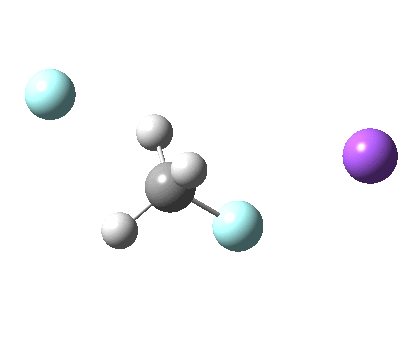 |
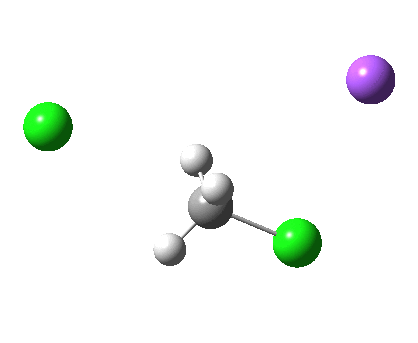 |
| X=Br | X=I |
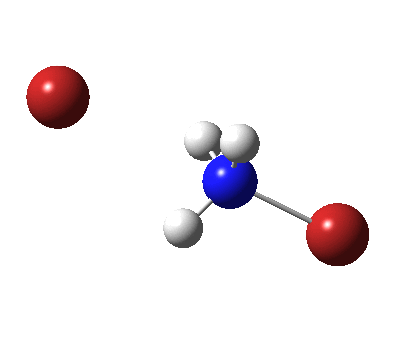 |
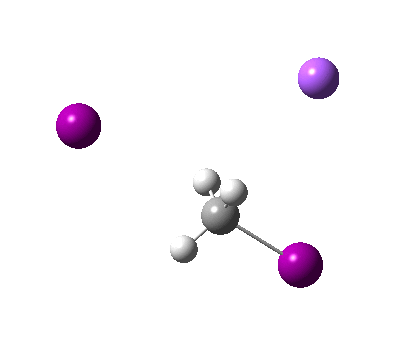 |
| X=F | X=Cl |
| X=Br | X=I |
The change in slope of the gradient norm along the IRC is hardly noticeable for Y=Na, X=F, but increases up to X=I. The distance between the two halogens varies as 3.74, 4.68, 4.98, 5.40Å at the point where the gradients change character (all at the ωB97XD/6-311+G(d,p)/SCRF=methanol level). This nicely reinforces the explanation given before, that the dimensions of the box defined by the two halogens is too large for the small central CH3 to fit in snugly for X=Cl,Br and I, but is not an issue with the very much smaller box with X=F. One more variation; replacing CH3 with the slightly smaller NH3(+) results in the box contracting to 4.74Å (X=Br) and again the very characteristic behaviour.
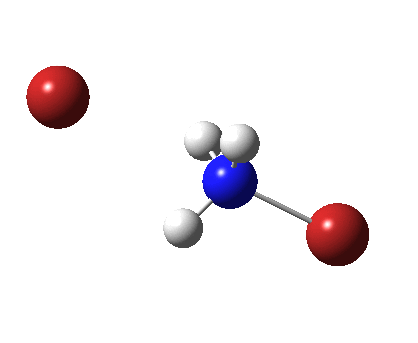 |
I should end with a quick comment on the form of the potential energy surfaces. That for the last example above is typical and looks like as below. But this shape is not what many textbooks show. These indicate that as the halide (anion) approaches the (neutral) molecule, an initial ion-dipole complex is form as a minimum, before surmounting the barrier and forming a similar complex the other side. The diagram below (and all the others) show no sign of these minima. This is because all the systems are computed as neutral ion-pairs and a solvation correction has been applied to the potential. Under these conditions, the classical form of the potential found in text books does not pertain.
| Digital repository entries | |||
|---|---|---|---|
| system | Dspace | Chempound | Figshare |
| NH3(+), X=Br | 10042/20313 | a25daa67-d409-4d38-8d35-8a009f449bc9 | 10.6084/m9.figshare.95816 |
| CH3, X=F | 10042/20314 | dfccf382-8c60-459c-8da0-c6efdd2b0931 | 10.6084/m9.figshare.95817 |
| CH3, X=Cl | 10042/20315 | d5ab33c2a-9e92-49a0-b488-f0559bbc2061 | 10.6084/m9.figshare.95818 |
| CH3, X=Br | 10042/20316 | 5b1995f1-fef0-451b-a467-80a592081119 | – |
| CH3, X=I | 10042/20317 | d9149e4e-466e-4358-9de5-67a47950eff1 | 10.6084/m9.figshare.95819 |
Tags: potential energy surfaces, Reaction Mechanism, Tutorial material
[…] set for freezing out the transition state for the Sn2 reaction into a minimum, the topic also of a more recent post here. Here I explore how close we might be to achieving inversion of the semibullvalene [3,3] […]